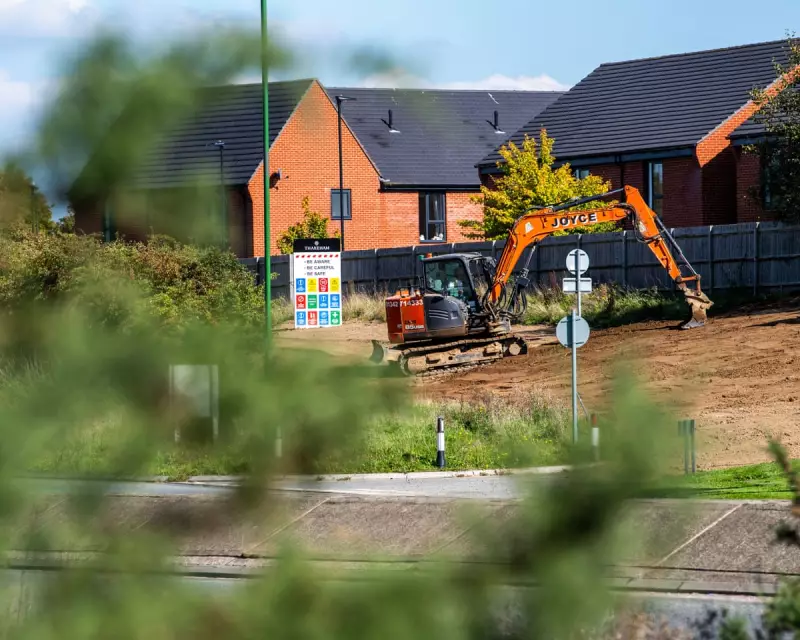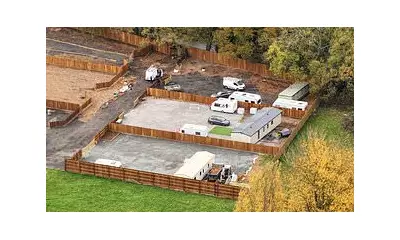
In a dramatic clash between housing needs and environmental protection, plans for a colossal 3,500-home development on the picturesque Woodgate Estate in West Sussex have ignited fierce local opposition and raised urgent questions about the future of Britain's protected landscapes.
The Scale of the Proposal
The ambitious scheme, put forward by developer Citivale, represents one of the largest single residential projects proposed within an Area of Outstanding Natural Beauty (AONB) in recent years. Situated near the historic market town of Arundel, the development would transform 425 acres of cherished countryside into a new community complete with schools, shops, and community facilities.
Why This Location Is So Contentious
Campaigners from the Campaign to Protect Rural England (CPRE) and local action groups argue the development would create an "urban sprawl" that permanently scars one of southern England's most valued landscapes. The site sits within the Sussex Downs AONB and forms a crucial buffer zone adjacent to the South Downs National Park.
Emma Harrington, CPRE Sussex's director, delivered a stark warning: "This isn't just another housing development – it's an existential threat to everything AONB designation is supposed to protect. Approving this would set a dangerous precedent that could see protected landscapes across the country opened up to similar large-scale development."
The Developer's Perspective
Citivale maintains their proposal addresses critical housing shortages in the South East while delivering substantial community benefits. The company highlights plans for:
- 35% affordable housing allocation
- New primary and secondary schools
- Significant investment in local infrastructure
- Creation of new public parkland and nature trails
A spokesperson for the developer stated: "We recognise the sensitivity of this location, which is why our plans include extensive green spaces and environmental enhancements. The South East faces a severe housing crisis, and difficult decisions must be made to provide homes for future generations."
Local Opposition Mounts
Residents and conservationists have mobilised rapidly against the proposal. Key concerns include:
- Infrastructure strain: Local roads, medical services, and schools already operating at capacity
- Ecological impact: Potential damage to habitats supporting protected species
- Visual intrusion: Permanent alteration of cherished rural views
- Precedent setting: Fear that approval would weaken AONB protections nationwide
The Planning Battle Ahead
The decision now rests with Arun District Council, which faces the unenviable task of balancing local housing targets against statutory duties to protect designated landscapes. The council has confirmed the application will undergo rigorous scrutiny through the planning committee process.
This contentious development represents a microcosm of the broader national tension between addressing the housing crisis and preserving England's most precious landscapes. The outcome at Woodgate could signal a significant shift in how protected areas are treated within the planning system.
With the planning process expected to extend well into 2026, both sides are preparing for a protracted battle that will be closely watched by developers, conservationists, and planning authorities across the country.





